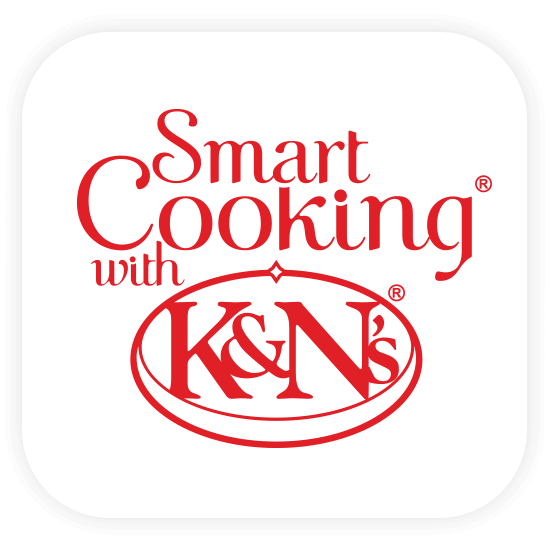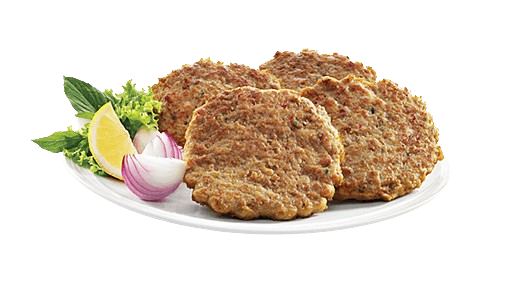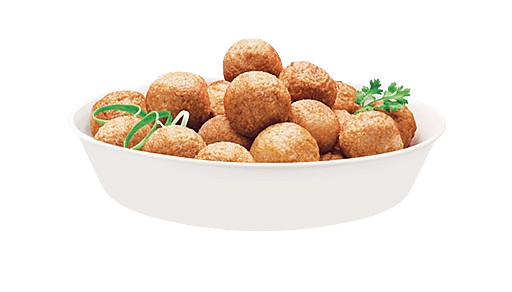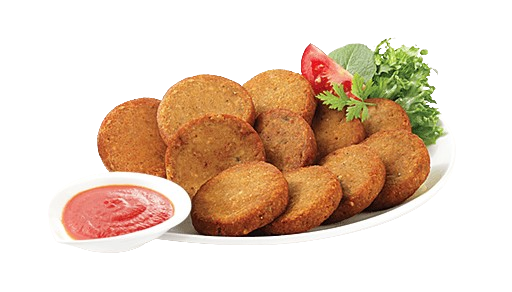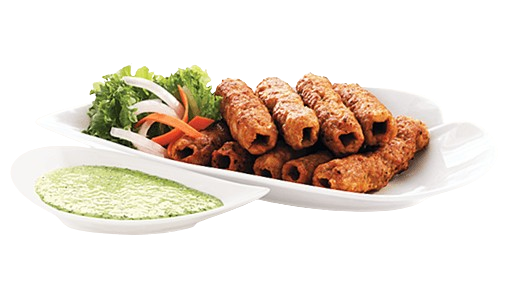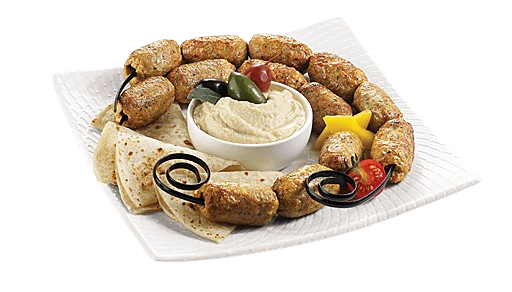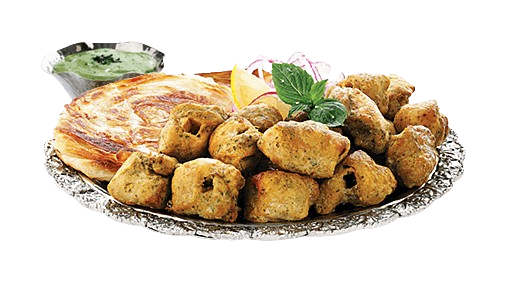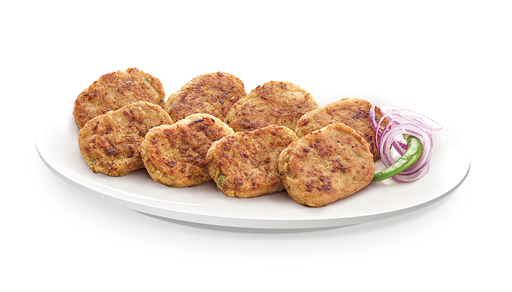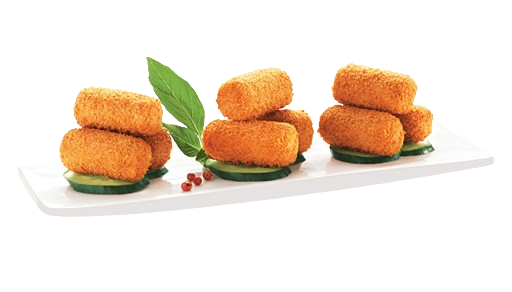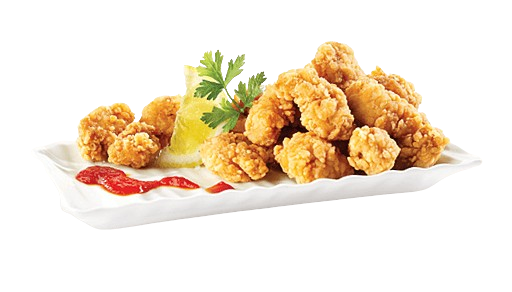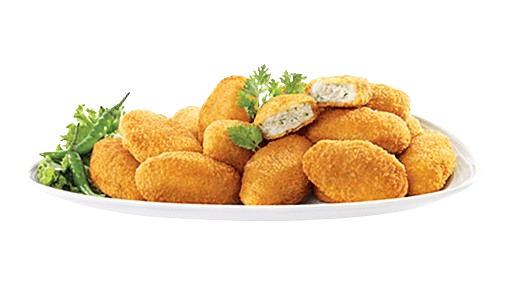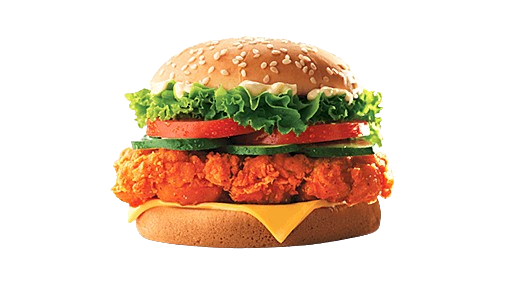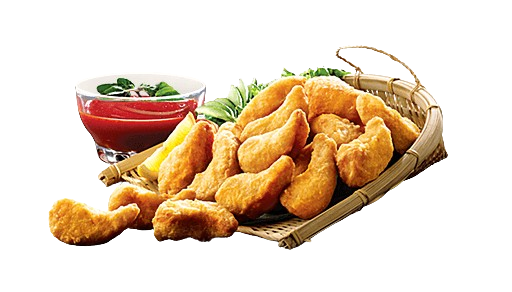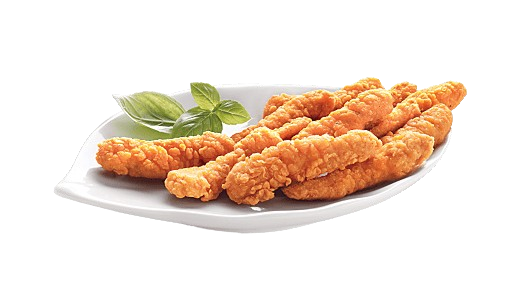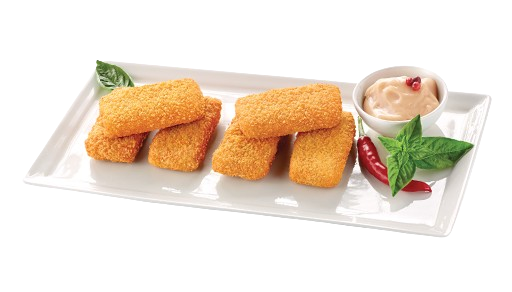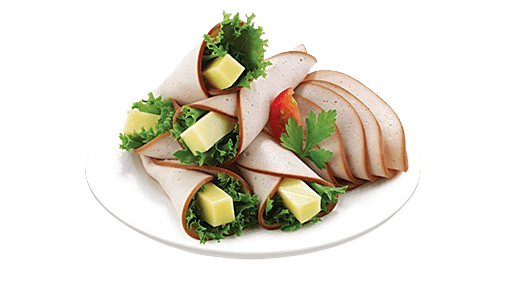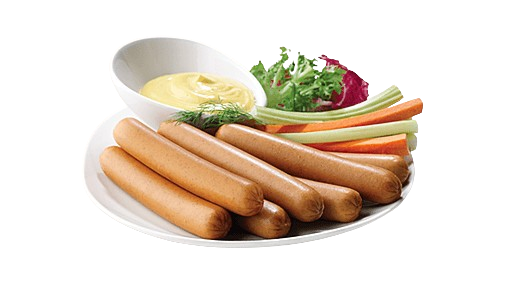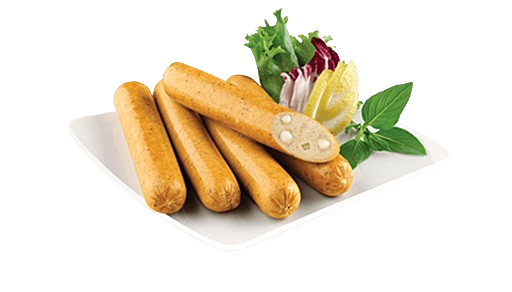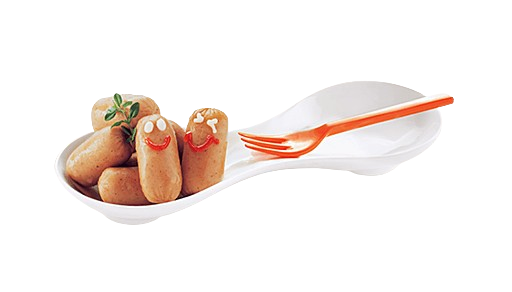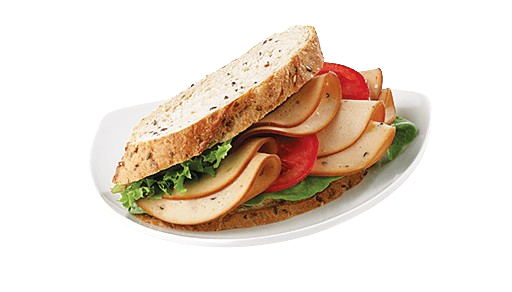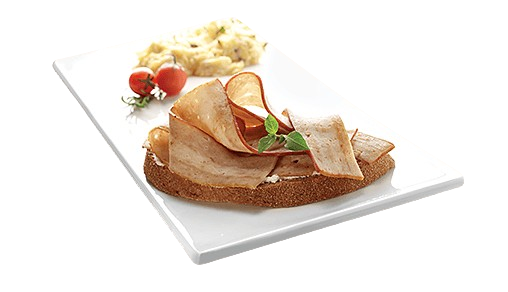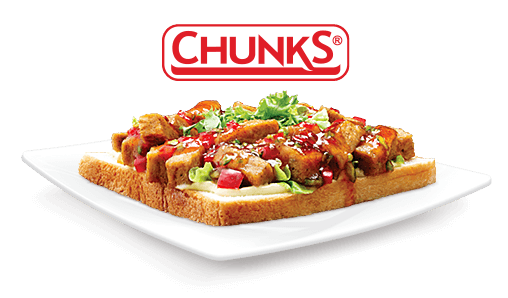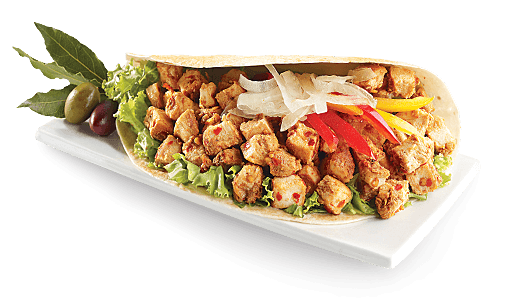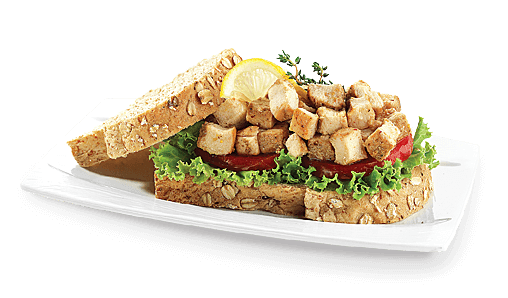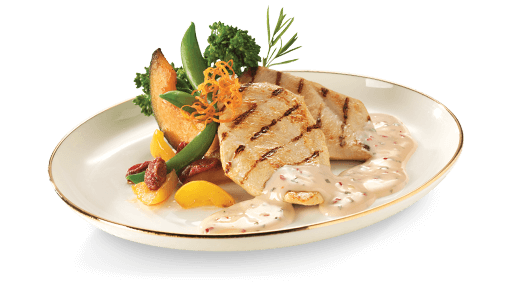First of all, it is most important that your food, whether uncooked or cooked, is stored properly. To ensure proper storage, keep your freezer at -18°C (0°F) and your refrigerator should be maintained between 2°-4°C (36°-40°F). Use a thermometer to ensure your freezer and refrigerator are at correct temperatures. Storing your food at proper temperature, before and after cooking, will help ensure freshness and avoid spoilage.
Please follow these HealthWise™ guidelines to get your food to the proper storage temperature as quickly as possible and keep it there:
If you purchase fresh product and do not plan using it within a day or two, freeze it right away. This is only advisable for short-term storage of 2-3 days. For longer storage, with guaranteed freshness, meat and food products must be Blast Frozen (quick-freezing). When freezing at home, please beware that domestic freezers are not designed to ‘quick-freeze’ fresh products, particularly fresh meat and meat products. They can neither reach very low temperatures nor accomplish freezing in a short time, which are both essential for first time ‘quick-freezing’ to ensure freshness. Domestic freezers are engineered to only maintain low storage temperature. Therefore, please be careful to avoid product spoilage.
Blast Freezing (defined as very low temperature ‘quick-freezing’ at -35°C), is a process designed to first time freeze products by rapidly attaining very low product temperature in minimal time for ensuring product freshness and food safety. Once blast frozen, chicken and meat products should be ideally stored at -18°C (0°F) to ensure freshness and avoid spoilage. Therefore, exercise care when storing such products at home. Blast frozen uncooked chicken may be thawed and refrozen, but there may be some loss of quality due to moisture loss through defrosting. To minimise quality loss, only defrost quantity required for cooking.
Your refrigerator's contents should be labelled and dated with storage date. Leftovers should be consumed within 3 days. After that, put them in the freezer for long-term storage.
Practice FIFO (First-In-First-Out) for all products. In other words, use older product first before you open a newer package of the same product.
Arrange contents of the freezer and refrigerator in an organised manner. It will help you keep track of what you have and keep temperatures even.
Leave space in-between products to allow sufficient airflow for ensuring correct temperature around them.
Divide large amounts of leftovers into smaller and preferably shallower containers, as deeper containers take longer to cool down. This will help your food to cool down more quickly and keep your space organised.
Avoid storing uncooked and cooked products together. Uncooked products should be stored on lowest shelf to avoid uncooked product dripping onto cooked food.
Uncooked meat can spoil easily; keep meat in coldest part of the refrigerator.
Cover food containers with tight lids to keep food and refrigerator environment fresh.
Warm soapy water should be used to clean-up spills.
An extremely important element of food storage is correct temperature around stored food. To help maintain proper temperature, please avoid leaving the refrigerator door open.

